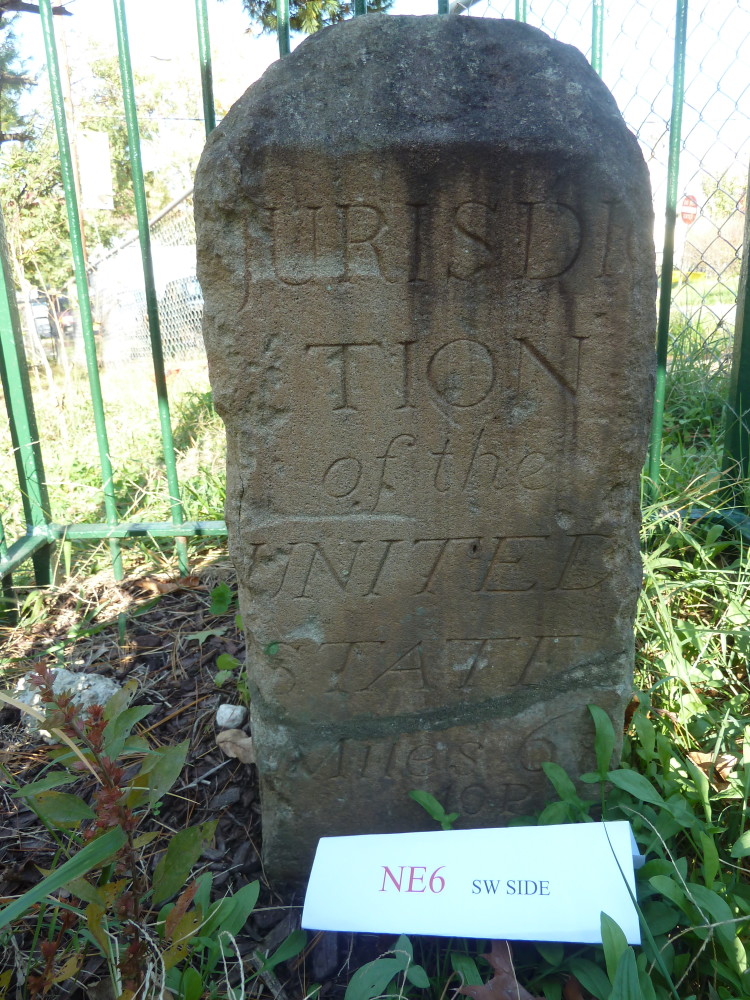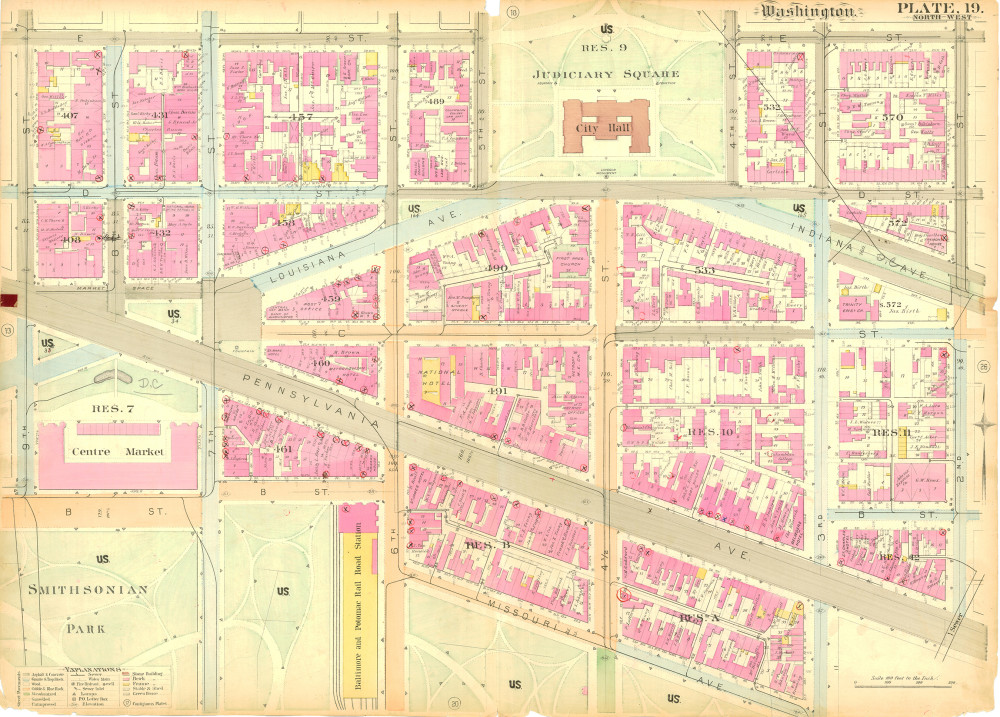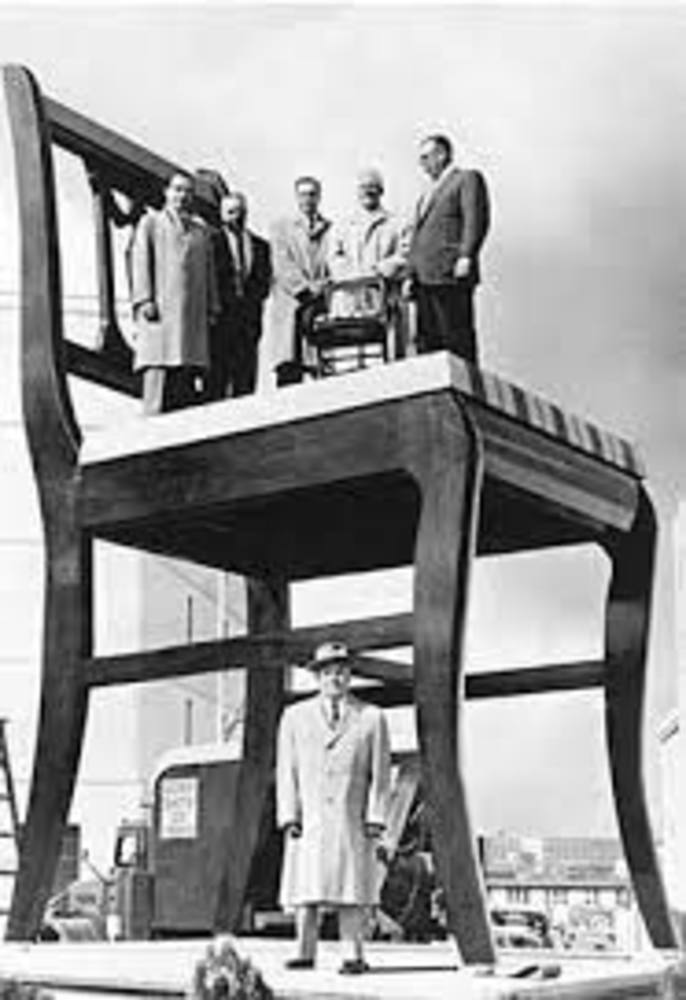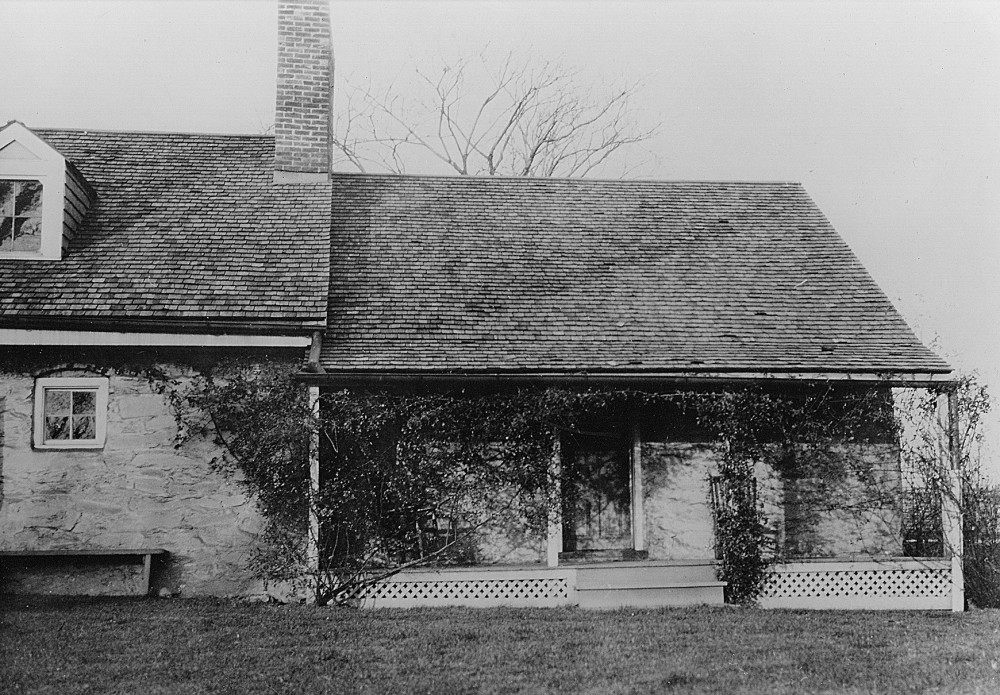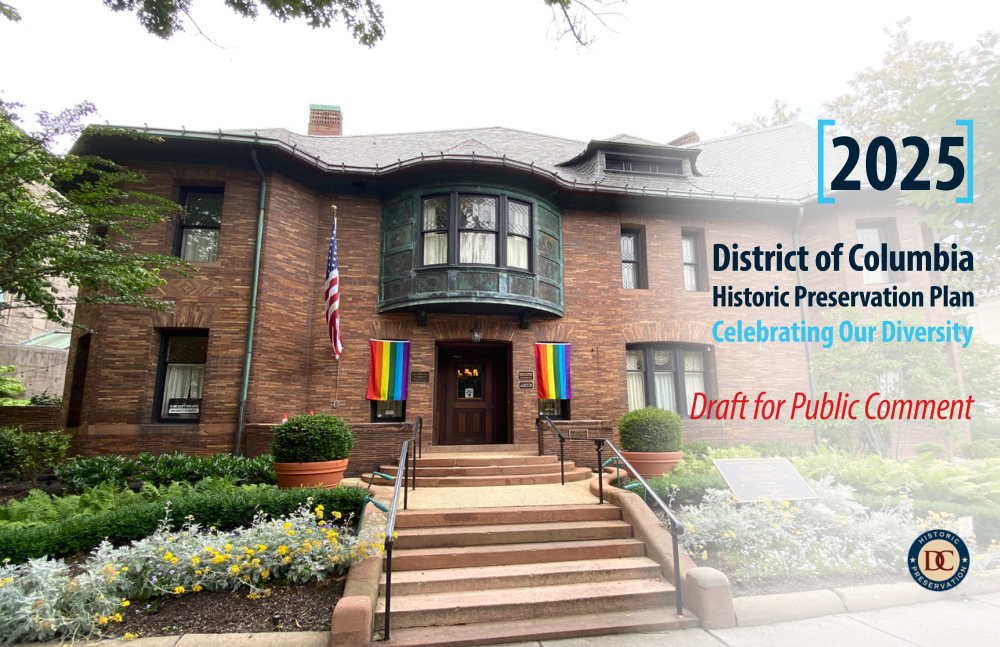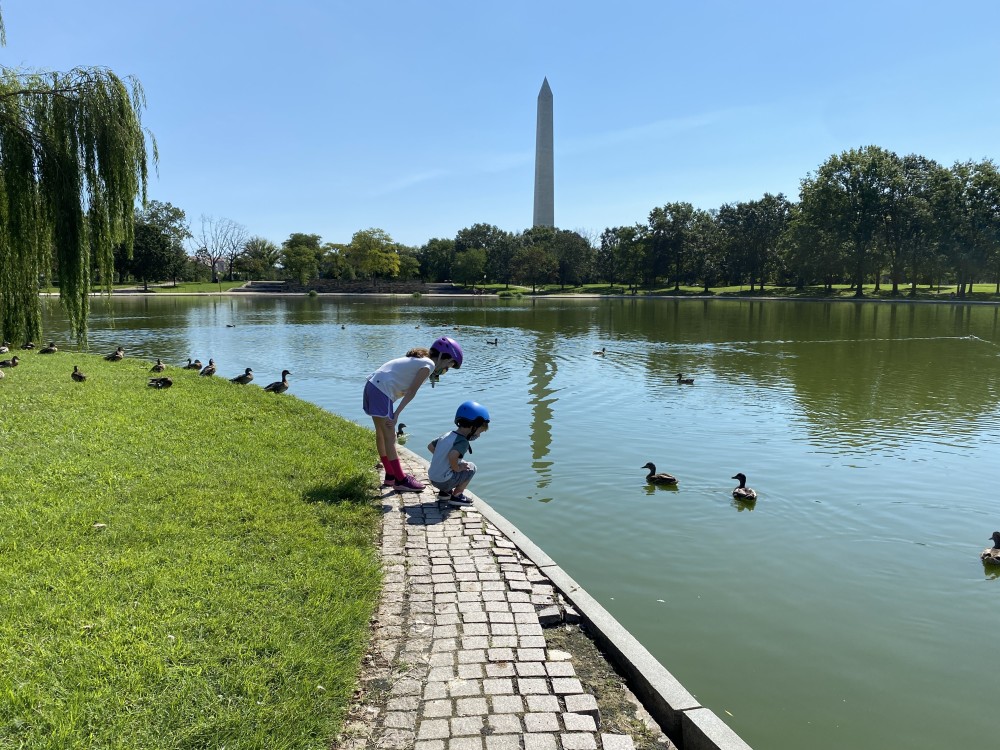2025 Historic Preservation Plan
2025 Historic Preservation Plan
We need your help. We are revising the DC Historic Preservation Plan for 2025. The goals of the new plan are to celebrate the District’s diversity and manage its historic resources. DC reflects its unique story through its people and the places they choose to build, use, and preserve. We want to know what DC stories and places you value and how we can use those resources to make a more inclusive future.
Thank you for taking our survey!
TRIVIA!
While you are helping us celebrate and preserve the District’s diverse historic resources, you can also test your Historic Preservation knowledge with these trivia questions!
1. Where was DC’s Black Broadway?
2. 36 of the original 40 of these are still standing.
3. What neighborhood did the Federal Triangle displace?
4. In 1913, this was the largest march that had ever occurred in the nation’s Capital.
5. The former Curtis Bros. Furniture Company is now celebrated by what structure on its original site?
6. What is the oldest building on its original foundation in DC?
Scroll down to see correct answers!
Where was DC’s Black Broadway?
U Street NW during the early 1900s to 1950s was the hub of African American culture, business, and entertainment, with dozens of unsegregated concert halls, nightclubs, and movie theaters-regularly hosting Pearl Bailey, Cab Calloway, Ella Fitzgerald, Nat King Cole, Sarah Vaughan, Louis Armstrong, Billie Holiday, Duke Ellington and many others. The Lincoln Theater (1215 U Street NW, built in 1921) and the Howard Theater (620 T Street NW, built in 1910) are the only two remaining movie houses of DC’s Black Broadway that remain intact today.
36 of the original 40 of these are still standing.
DC Boundary Stones. In February of 1791, Secretary of State, Thomas Jefferson hired surveyor Andrew Ellicott, who engaged astronomer and surveyor Benjamin Banneker to calculate the 10 mile square for DC, and they placed the first boundary stone at the south corner. Ellicott's team began the formal survey and placed the boundary stones at one-mile intervals. Each stone displays the inscription "Jurisdiction of the United States" and a mile number, and the opposite side said either "Virginia" or "Maryland", and the 3rd and 4th sides of the stone displays the year stone was placed, and the magnetic compass variance at that point. Today, replica stones have been placed in the missing locations and for the first time since 1970, all stone locations have visible markers.
Learn more here: https://boundarystones.org/
What neighborhood did the Federal Triangle displace?
Chinatown. The first Chinese immigrant to Washington arrived in 1851. By 1884, the first Chinese community or “Chinatown” in Washington existed on Pennsylvania Avenue, near 4 1/2 Street NW, with approximately 100 residents, mostly men, in a dozen or so buildings.
Due to the exclusion laws, which forbade Chinese women from immigrating, by 1882, there was an average of 2,107 Chinese men to every Chinese woman in the United States. This deprived many Chinese immigrants of the right to marriage and family, and caused early Chinatowns to become bachelor societies. However, by 1898, Chinatown continued to expand to include parts of 3rd Street NW, and by 1903, it was bustling with drugstores, restaurants, barbershops, tailor shops, and mercantile establishments including 27 laundries.
Chinatown rapidly expanded until 1929, when the federal government forcibly removed the entire population to redevelop the area into the Federal Triangle, a group of government and cultural buildings. The project forced 398 Chinese residents and numerous businesses to seek out a new home against the resistance and opposition of white residents. Despite this major setback, Chinese residents and businesses, led by the On Leong Merchants Association, formed a new Chinatown in 1931 between 5th and 7th Streets NW. At this new location, they sought to restart their businesses and reestablish their culture and its visible expression.
Hopkins map, 1887
In 1913, this was the largest march that had ever occurred in the nation’s Capital.
The Woman’s Suffrage Parade in Washington, DC occurred on March 3, 1913 on Pennsylvania Avenue NW from the US Capitol Building to the US Treasury Building demanding voting rights for women. Between 5000-8000 suffragists from all over the country marched with an additional 500,000 spectators. The 19th Amendment was passed in 1920 granting women the right to vote.
The former Curtis Bros. Furniture Company is now celebrated by what structure on its original site?
The Big Chair was built in 1959 by Bassett Furniture and is a 19.5 foot tall Duncan Phyfe style dining room chair to put on display outside the Curtis Bros. Furniture Company showroom at V Street and Nichols Avenue SE (now 2100 Martin Luther King, Jr. Boulevard SE in the Anacostia neighborhood). Made from African mahogany and weighing some 4,600 pounds, "The Big Chair" was labeled the largest chair in the world at the time. Due to rotting wood, the Big Chair was replaced with a replica out of brown aluminum and rededicated in 2006.
What is the oldest building on its original foundation in DC?
Rosedale cottage (3501 Newark Street NW) in the Cleveland Park neighborhood dates back to circa 1740s. The Rosedale farmhouse, built about 1793, incorporates the small stone cottage, predating Georgetown’s Old Stone House which was built in 1765 at 3051 M Street NW.
Past Historic Preservation Plans
2020 HP Implementation Report Presentation (video at HPRB)
 2020 HP Implementation Report
2020 HP Implementation Report
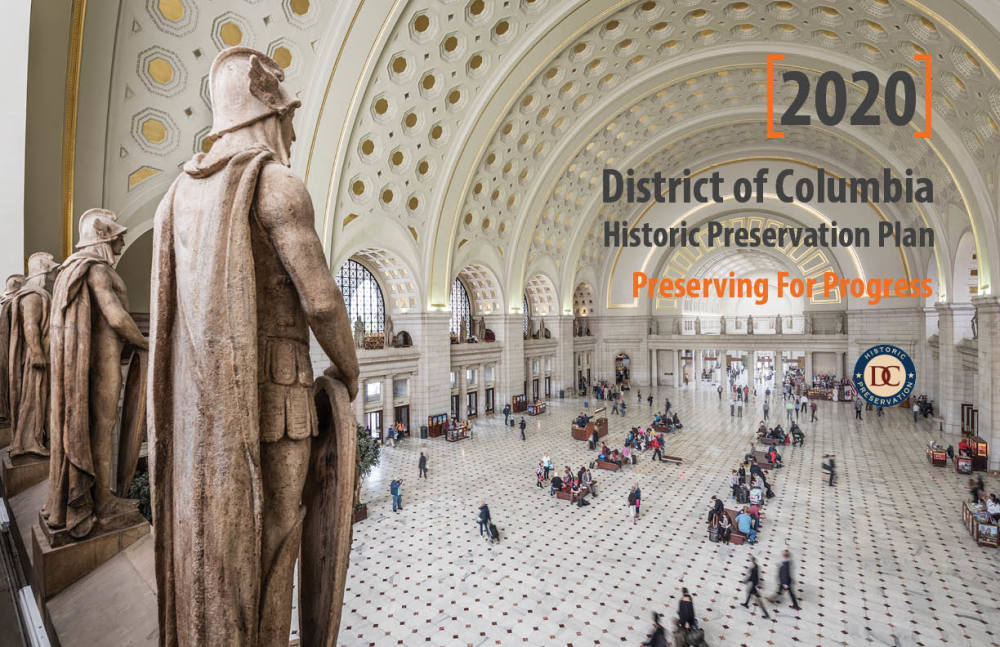 2020 HP Plan
2020 HP Plan
Historic Preservation Resources
Office of Planning Comprehensive Plan
For more information about the Historic Preservation Office visit our website.
Frequently Asked Questions
As part of the DC Office of Planning, the Historic Preservation Office (HPO) promotes stewardship of the District of Columbia's historic and cultural resources through planning, protection and public outreach. HPO is the staff for the Historic Preservation Review Board and Mayor's Agent for historic preservation.
The Historic Preservation Plan is the guide to the District's vision for sustaining and celebrating its historic places and cultural heritage. The 2025 Plan states the goals and recommended actions to implement this vision over the next five years. It also supports the broader vision outlined in the District's Comprehensive Plan, which serves as the framework for guiding all planning efforts in the city.
The views of DC residents, businesses, and organizations are crucial to shaping the District's vision for historic preservation. This is a shared plan for the entire DC community, and not just a guide to the programs of the Historic Preservation Office. The federal government requires the District's State Historic Preservation Officer (SHPO) to seek public input before updating the plan. We follow National Park Service directives and guidelines to meet the required standards.

